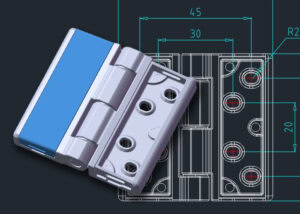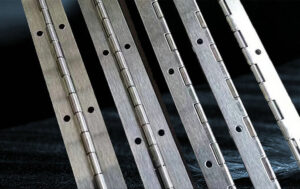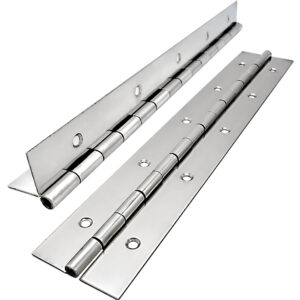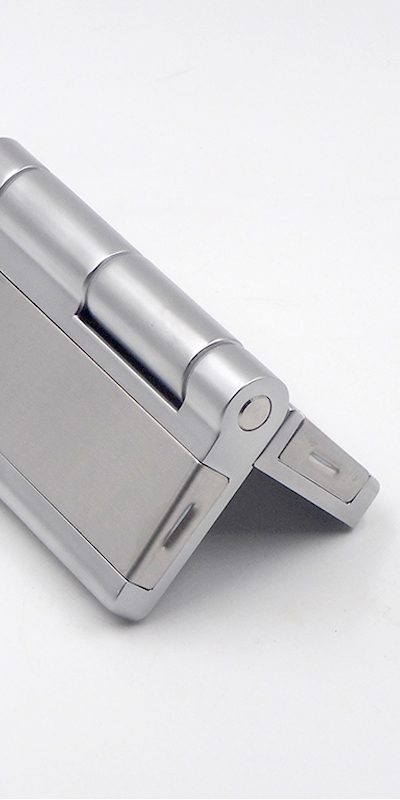Continuous hinges are widely used in industrial and commercial applications due to their durability and strength. They provide even weight distribution, reducing stress points and increasing longevity.
Continuous hinges are strong because they run the full length of a door or panel, ensuring even load distribution and reducing wear over time. Their heavy-duty design makes them ideal for industrial, commercial, and high-traffic applications.
To understand their strength, let’s explore the factors that determine the durability and load-bearing capacity of continuous hinges.
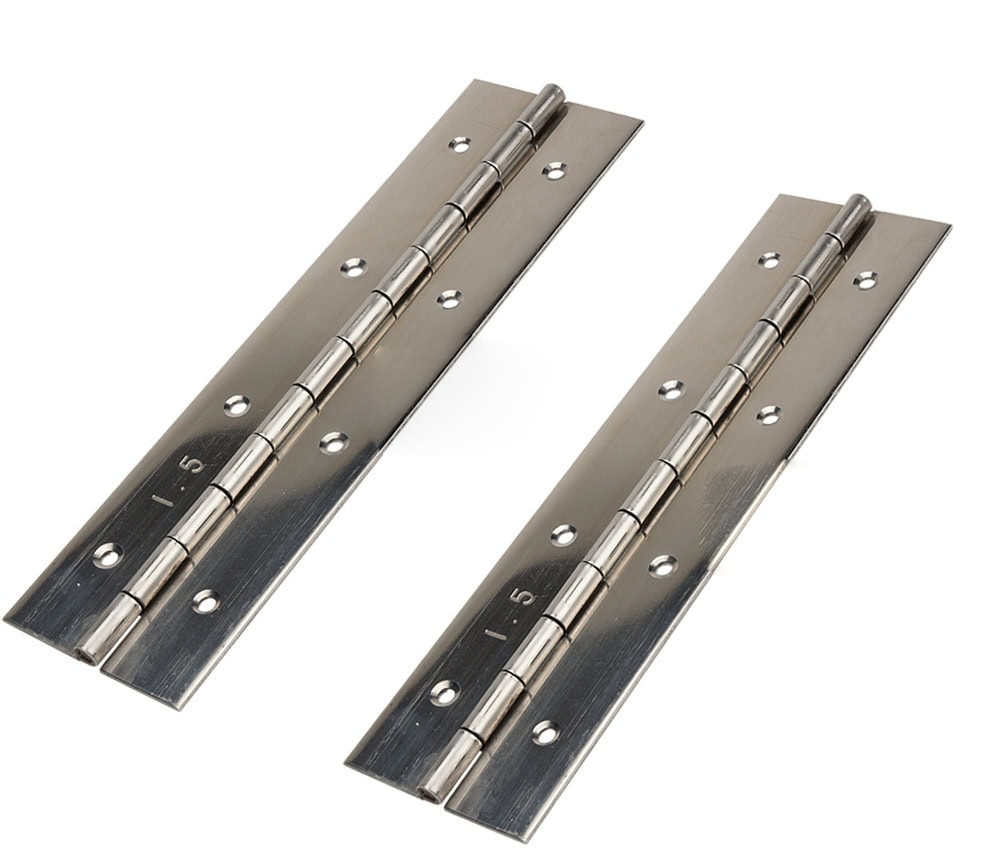
How Strong Are Continuous Hinges?
Strength and Durability of Continuous Hinges
Continuous hinges, also known as piano hinges, are designed for long-term reliability. Unlike standard butt hinges, they provide full-length support, minimizing stress on mounting points.
Continuous hinges are built for heavy-duty use, supporting significant weight while reducing door sagging and misalignment. Their durability makes them ideal for industrial doors, enclosures, and commercial applications.
Factors Affecting Strength
- Material Composition – Stainless steel and aluminum hinges offer different levels of strength and corrosion resistance.
- Hinge Thickness – Thicker hinges support heavier loads and resist bending under pressure.
- Mounting Surface – A strong mounting structure enhances hinge performance.
How Much Weight Can a Continuous Hinge Hold?
Load Capacity of Continuous Hinges
The weight a continuous hinge can support varies based on its material, thickness, and length.
A heavy-duty continuous hinge can support between 200 to 600 lbs, with specialized industrial versions exceeding 1,000 lbs. Load capacity depends on hinge material and design.
Weight Calculation for Different Hinges
| Hinge Type | Material | Weight Capacity (lbs) |
|---|---|---|
| Standard Piano Hinge | Steel (16-gauge) | 200–400 |
| Heavy-Duty Hinge | Stainless Steel | 600–1,000 |
| Aluminum Hinge | Lightweight Alloy | 100–300 |
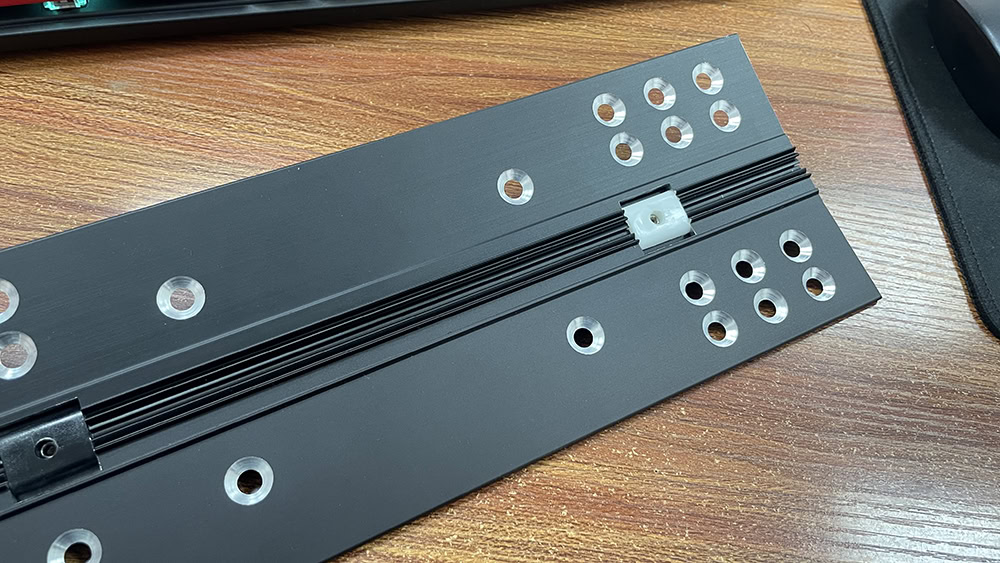
What is the Difference Between a Continuous Hinge and a Regular Hinge?
Continuous Hinges vs. Standard Hinges
Continuous hinges offer superior load distribution compared to traditional butt hinges, reducing stress points and preventing premature wear.
Unlike standard hinges, continuous hinges provide full-length support, preventing sagging and ensuring smooth operation over time.
Key Differences
- Support & Durability – Continuous hinges are stronger and distribute weight evenly.
- Application – Regular hinges are used in furniture, while continuous hinges are ideal for industrial hinge production base settings.
- Maintenance – Continuous hinges require less maintenance due to their even weight distribution.
What Are the Types of Continuous Hinges?
Different Variations of Continuous Hinges
Continuous hinges are available in different styles to suit specific applications.
Types of continuous hinges include standard piano hinges, heavy-duty hinges, and specialized variants like two continuous hinges for added support.
Common Types
- Piano Hinges – Standard, full-length hinges used in industrial and commercial settings.
- Heavy-Duty Hinges – Thicker and stronger for high-load applications.
- Aluminum Geared Continuous Hinges – Designed for smoother operation and enhanced durability.
Are Continuous Hinges Good for Heavy-Duty Applications?
Performance in Industrial Settings
Continuous hinges excel in high-load and high-traffic environments, making them ideal for climatic test chamber hinges and other industrial uses.
Yes, continuous hinges are highly effective for heavy-duty applications due to their even weight distribution, preventing excessive wear and tear.
Industries Where They Are Used
- Industrial Equipment – Used in access panels and machinery enclosures.
- Commercial Doors – Found in warehouses and cold storage facilities.
- Transportation – Common in trailer door hinges and vehicle compartments.
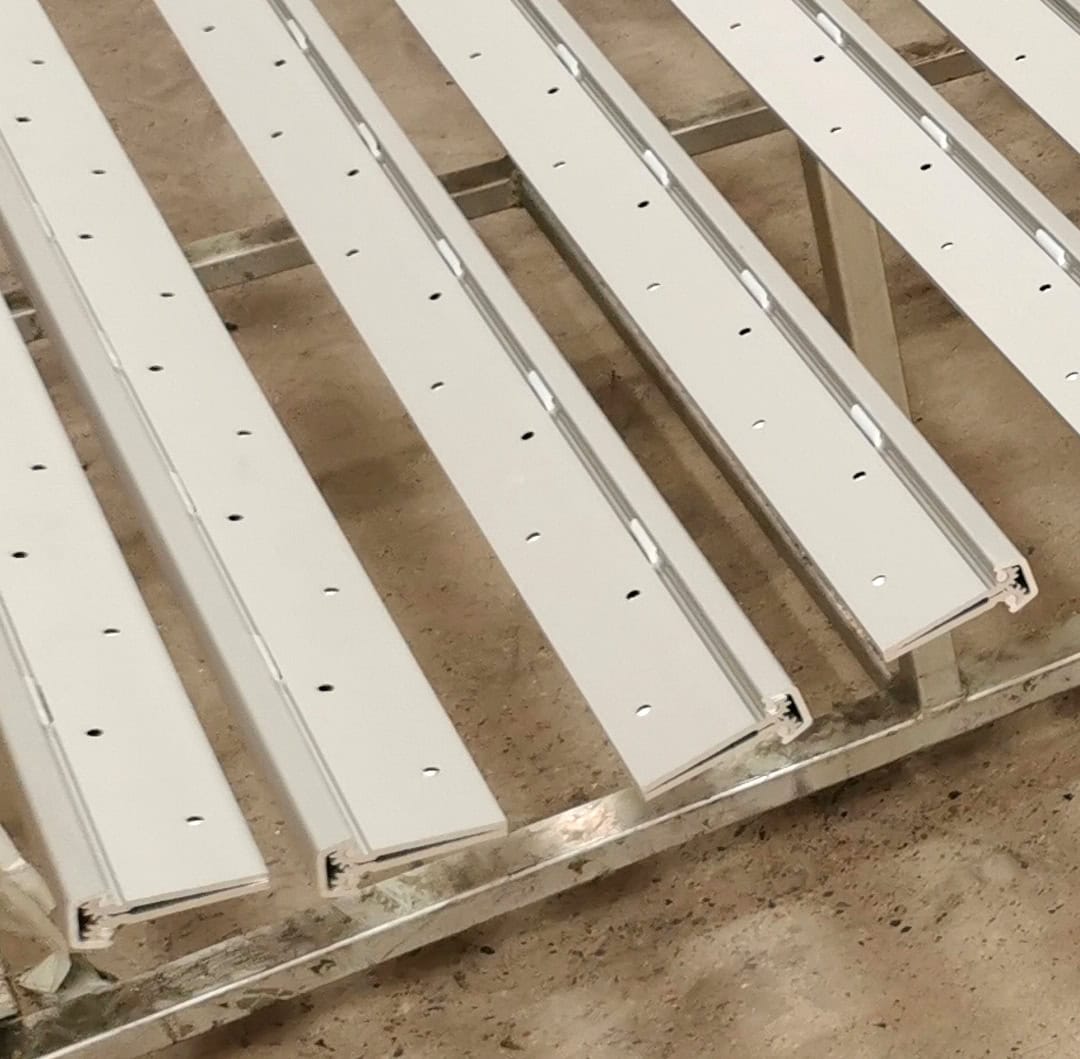
Can a Continuous Hinge Be Cut?
Modifying Continuous Hinges
Continuous hinges can be cut to fit specific applications, but precision tools are required.
Yes, continuous hinges can be cut to size, but doing so improperly may affect their load-bearing capacity and durability.
Cutting Considerations
- Material Type – Stainless steel requires heavy-duty cutting tools.
- Post-Cut Adjustments – Edges should be smoothed to prevent sharp edges.
- Structural Integrity – Cutting too short may reduce weight capacity.
What Are the Disadvantages of Continuous Hinges?
Potential Drawbacks of Continuous Hinges
Despite their durability, continuous hinges have some limitations.
The disadvantages of continuous hinges include higher cost, installation complexity, and limited adjustability compared to standard hinges.
Challenges in Using Continuous Hinges
- Installation Complexity – Requires precise alignment and multiple fasteners.
- Higher Cost – More expensive than standard hinges due to their length and materials.
- Weight Considerations – Heavy-duty versions add extra weight to doors.
What Is the Strongest Type of Hinge?
Comparing Hinge Strengths
While continuous hinges are strong, some specialized hinges offer even greater load-bearing capacity.
Heavy-duty continuous hinges and weld-on hinges are among the strongest options, designed for extreme loads and high-impact usage.
Hinge Strength Comparison
| Hinge Type | Strength Level | Common Uses |
|---|---|---|
| Continuous Hinge | High | Industrial Doors |
| Weld-On Hinge | Very High | Heavy Gates |
| Butt Hinge | Medium | Cabinets, Light Doors |
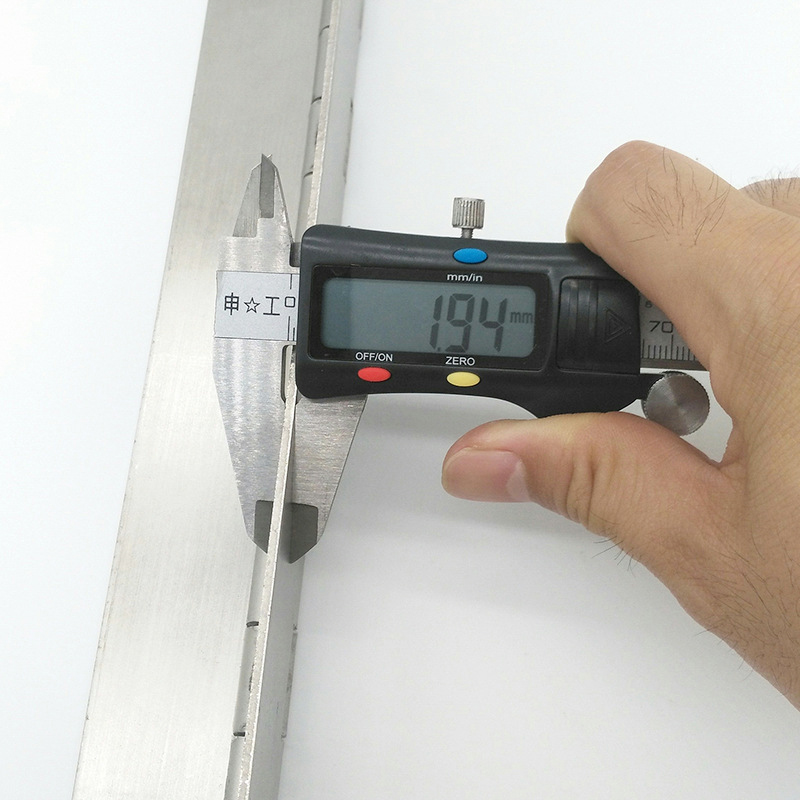
What Type of Hinge Is Best for Heavy Gates?
Hinges for Heavy-Duty Doors and Gates
Heavy gates require hinges with maximum strength and durability.
For heavy gates, weld-on hinges and reinforced continuous hinges provide the best support due to their structural integrity.
Recommended Hinges for Heavy Gates
- Weld-On Hinges – Provide maximum strength for heavy-duty gates.
- Reinforced Continuous Hinges – Offer full-length support for large doors.
- Ball-Bearing Hinges – Reduce friction and wear in high-traffic applications.
How to Choose a High-Quality Continuous Hinge?
Key Considerations for Selecting a Strong Hinge
Selecting the right continuous hinge requires evaluating material, load capacity, and durability.
High-quality continuous hinges are made from corrosion-resistant metals, have precision engineering, and offer customization for specific applications.
Key Features to Look For
- Material – Stainless steel for corrosion resistance, aluminum for lightweight applications.
- Thickness – Thicker hinges support heavier weight.
- Customization – Adjustable length and hole patterns enhance usability.
Conclusion
Continuous hinges are strong and durable, making them ideal for industrial and heavy-duty applications. Their full-length design ensures even weight distribution, reducing stress and extending lifespan. Whether used in marine hinges, industrial doors, or transportation equipment, continuous hinges provide long-lasting reliability.

